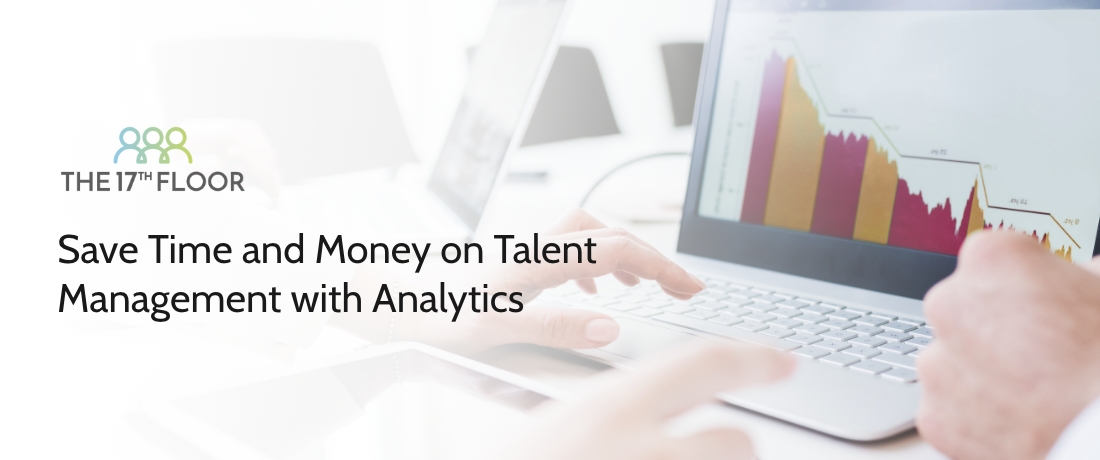Save Time and Money on Talent Management with Analytics

“One of the well-documented side-effects of the pandemic has been a dramatic increase in the public’s adoption of emerging technologies. Moreover, the crisis has been driving innovation in areas such as artificial intelligence, big data and data analytics to assist in virus research, vaccine development and public policy decisions. If Canada is going to be ready to seize the opportunities born out of the revolution, now is the time to act,” said Peter Tzanetakis in
Dialogue Magazine.
Human Resources are no strangers to this reality and have incorporated analytics for many roles, especially for Talent Management. Many of the variables we use now with Analytics are the same ones we used before, but the difference is that we can now save a lot of time and money using analytics.
Talent management tasks that used to take hours now take just a few minutes, thanks to analytics. In addition to saving money by reducing the hours spent on these analyses, we also mitigate miscalculations since the margin for human error is reduced.
“Many logistics, manufacturing and retail clients are using analytics to identify opportunities to improve the employee experience and HR processes. Changing demographics and talent shortages can make hiring and retention a significant challenge, but analytics can compare departments and occupations nationwide to reveal those with the highest turnover and provide timely insights into why in order to adapt workforce strategies accordingly,” says Cindy Tarasow.
Analytics can help us in many Talent Management functions: performance comparisons, demographics, tax variations, scorecards, cost analysis, the relationship between our employees’ needs and benefits and much more. Not only does analytics help us complete daily tasks faster and more accurately, but they are also crucial when making executive decisions about how we are managing our staff, what is working and what it’s not.
According to Gilles Champagne, “the future integration of analytics will be much deeper and broader in scope than current analytics tend to be, involving the combination of meaningful data from multiple systems. Taking care to match them all up with common keys so that a true picture emerges from what would have been disparate data streams is going to be the skill you need to find” for your company.
The future of analytics in talent management is only going to get more significant. Training our managers in analytics, and finding new ways to apply it for better results, is the challenge HR professionals have this year.
10 Best HR Analytics Software
Check the best analytics software for HR according to People Managing People, and start seeing results!
Do you use analytics for Talent Management? Share your experience using data in the comments section below.

Denise Burnett
Throughout the pandemic, our staff doubled in size. This required a significant amount of recruitment and usually within a short turn-time. The process is very time consuming and very manual and having an automated system would be an excellent solution.